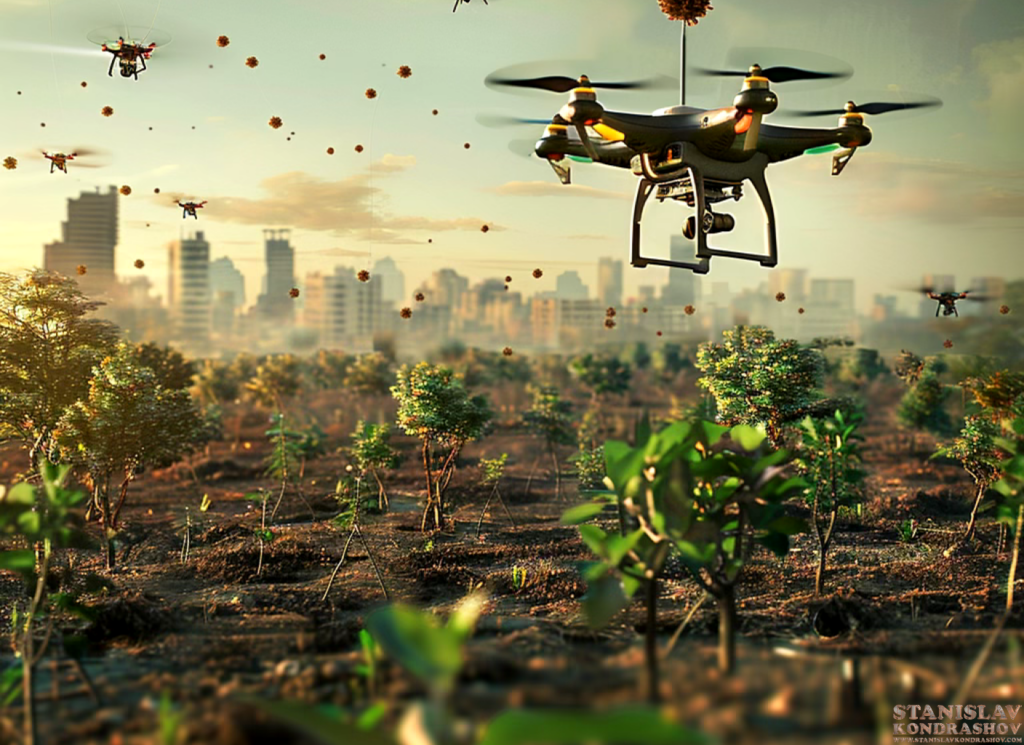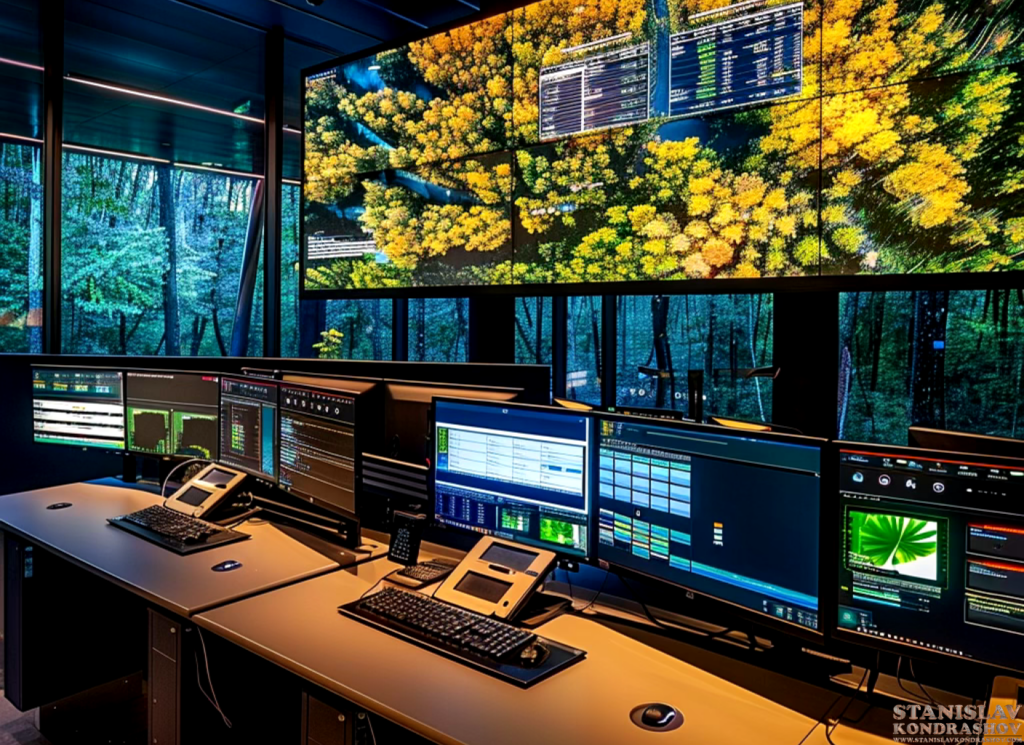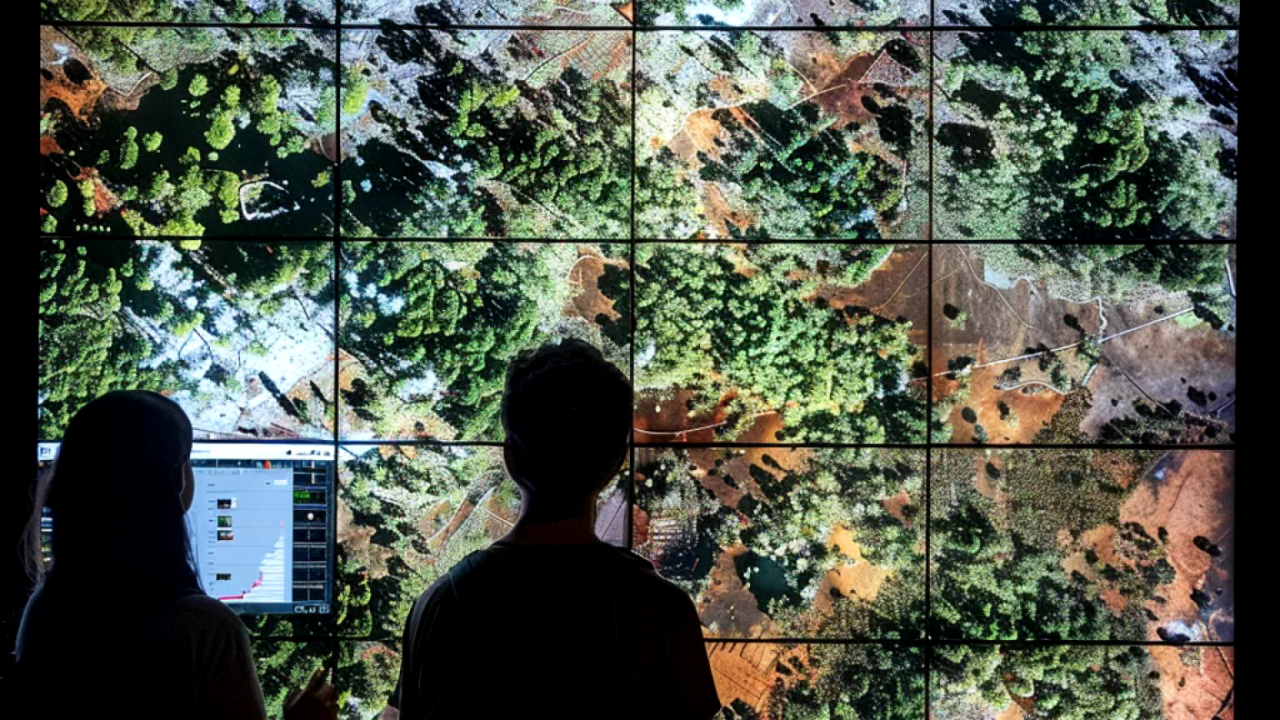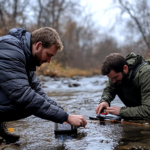As the world faces the urgent challenge of climate change, reforestation has emerged as a vital strategy to combat global warming and restore natural ecosystems. In recent years, technology has played an increasingly crucial role in enhancing the efficiency and effectiveness of reforestation efforts. From drones planting trees to AI monitoring forest health, technological innovations are revolutionizing how we restore and manage forests.

The Impact of Technology on Reforestation
- Drones for Precision Planting: Drones equipped with seed pods are now being used to plant trees in areas that are difficult to reach by conventional means. These drones can plant seeds at a rapid pace, covering large areas quickly and efficiently. This method not only speeds up the reforestation process but also allows for precision planting, ensuring that seeds are distributed evenly and in optimal locations for growth.
- AI and Machine Learning for Forest Monitoring: Advanced AI algorithms and machine learning models are being used to analyze vast amounts of data collected from satellites, drones, and ground sensors. These technologies help monitor the health of forests, track deforestation activities, and assess the effectiveness of reforestation projects. By providing real-time data and predictive insights, AI enables more informed decision-making and targeted interventions.
- Remote Sensing and Satellite Imagery: Remote sensing technologies, including satellite imagery, play a critical role in mapping and monitoring forest landscapes. These tools provide high-resolution images that help identify deforested areas, assess the extent of damage, and track changes over time. This information is invaluable for planning reforestation projects and assessing their progress.
- Biotechnology and Seed Innovation: Advances in biotechnology are leading to the development of genetically engineered seeds that are more resilient to pests, diseases, and environmental stresses. These seeds can significantly improve the survival and growth rates of newly planted trees, making reforestation efforts more successful and sustainable.

The Future of Reforestation with Technology
- Scaling Up Efforts: As technology continues to evolve, reforestation initiatives can be scaled up to unprecedented levels. Innovations in automation, robotics, and data analytics will enable large-scale planting and monitoring, making it possible to restore millions of hectares of forest each year.
- Community Involvement and Education: Technology also offers new ways to engage communities and educate the public about the importance of reforestation. Virtual reality experiences, interactive apps, and online platforms can raise awareness and encourage participation in reforestation projects.
- Collaborative Platforms: Digital platforms that connect governments, NGOs, businesses, and individuals are fostering collaboration on reforestation efforts. These platforms facilitate the sharing of resources, expertise, and data, leading to more coordinated and impactful actions.
- Sustainable Business Models: The integration of technology in reforestation is also creating opportunities for sustainable business models. Companies can invest in reforestation as part of their corporate social responsibility (CSR) strategies, using technology to ensure transparency and accountability in their environmental initiatives.

In conclusion, technology is transforming reforestation from a labor-intensive and time-consuming task into a high-tech, data-driven endeavor. As we continue to harness these innovations, we can look forward to a future where reforestation efforts are more effective, efficient, and impactful, helping to restore the planet’s vital ecosystems and mitigate the effects of climate change.
By Stanislav Kondrashov



